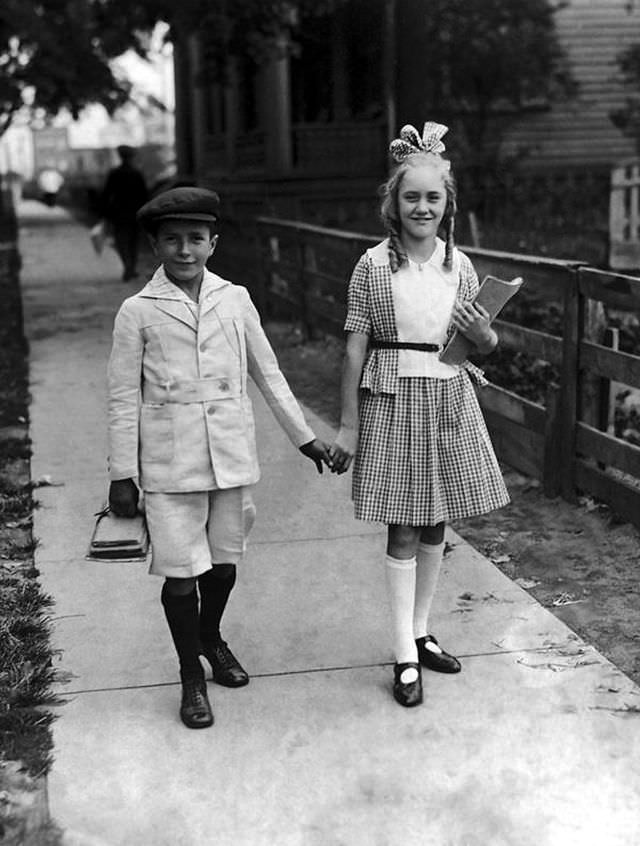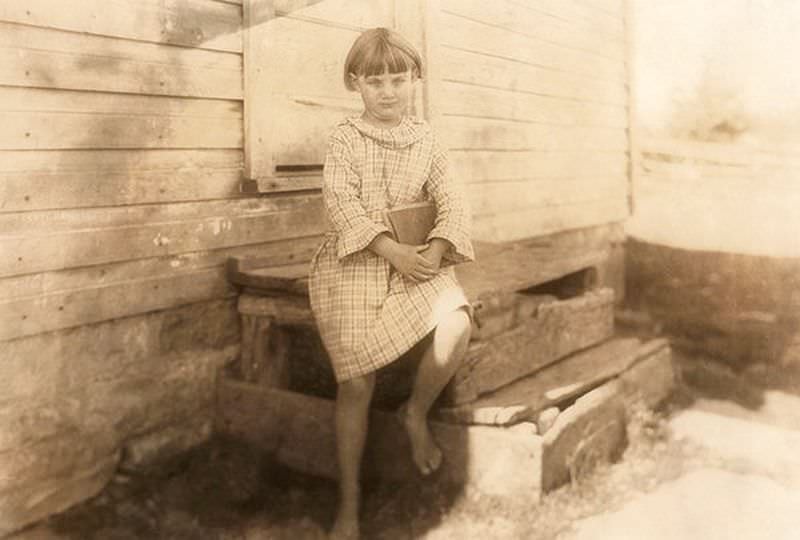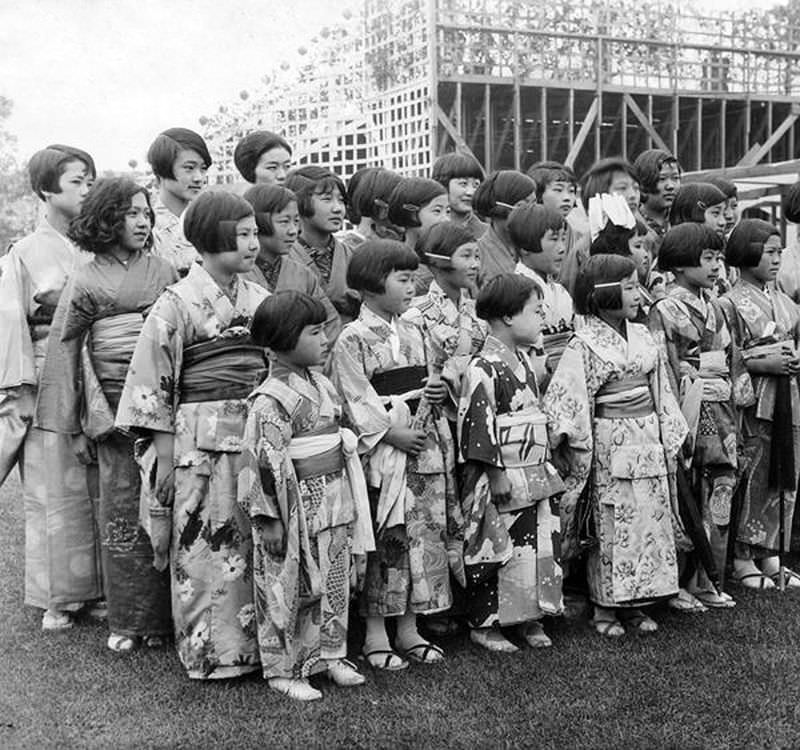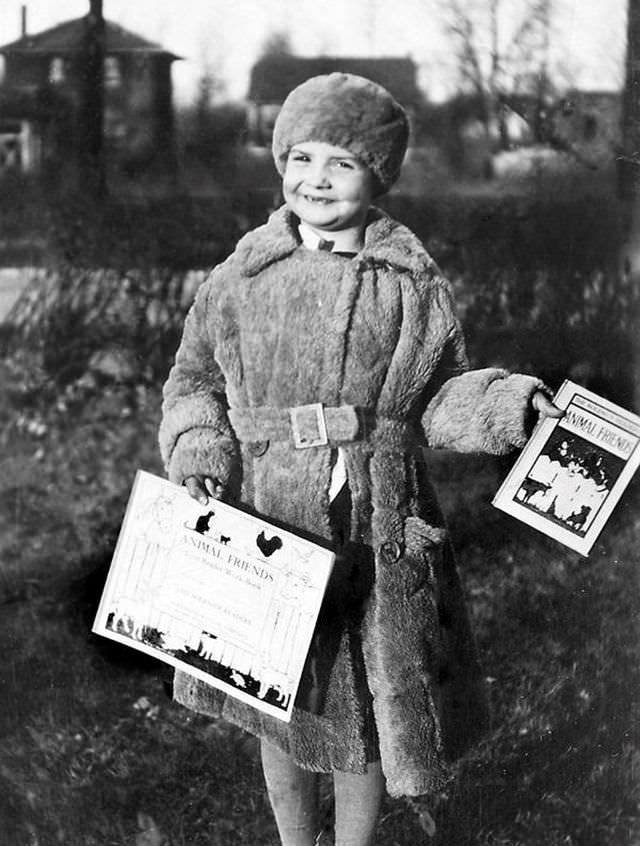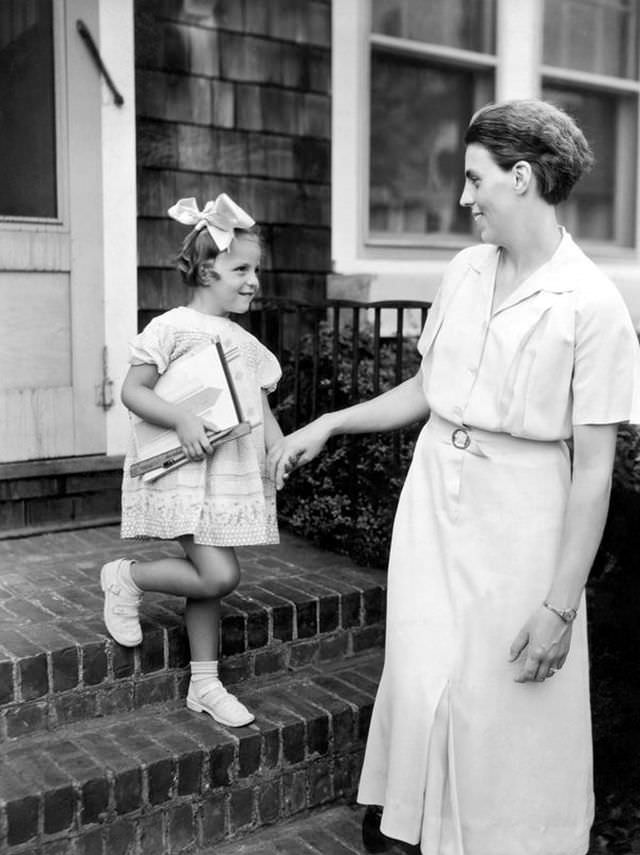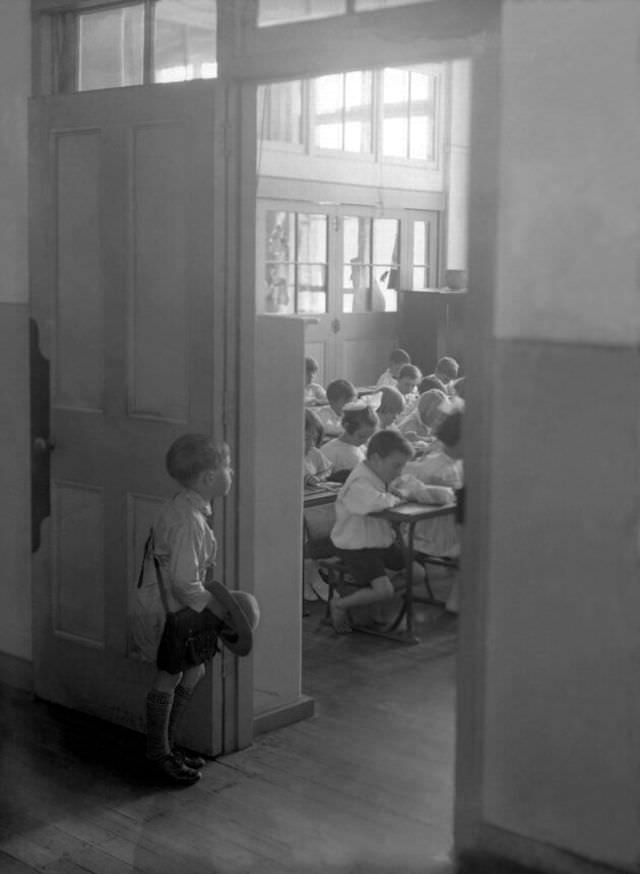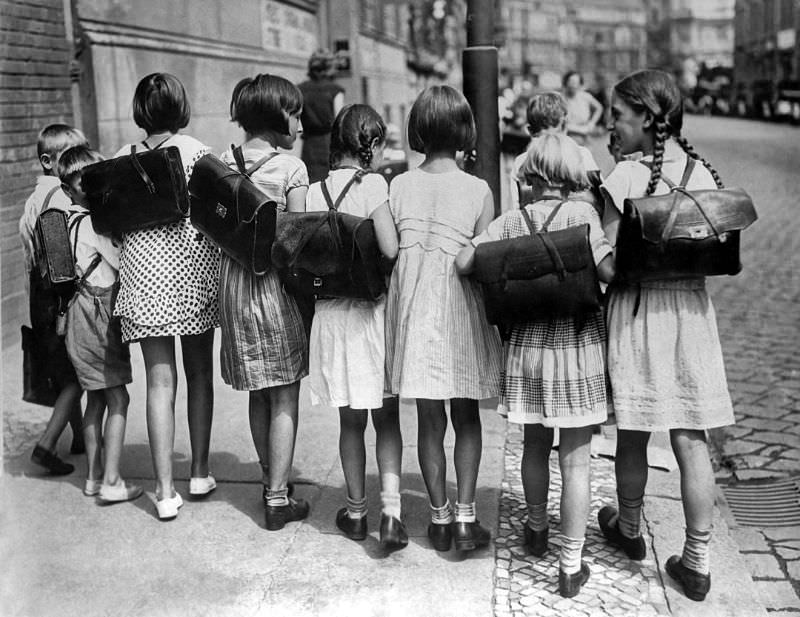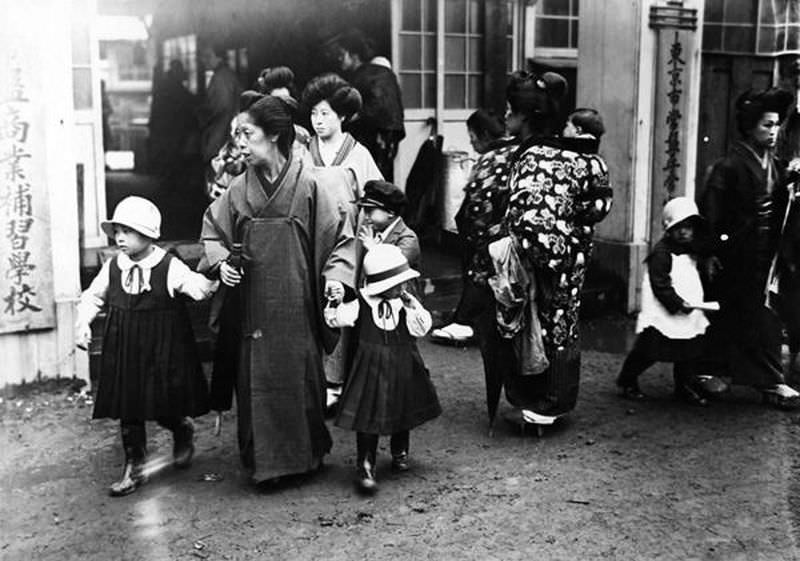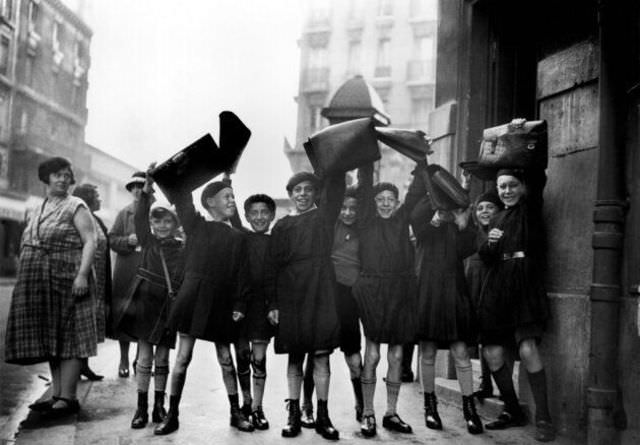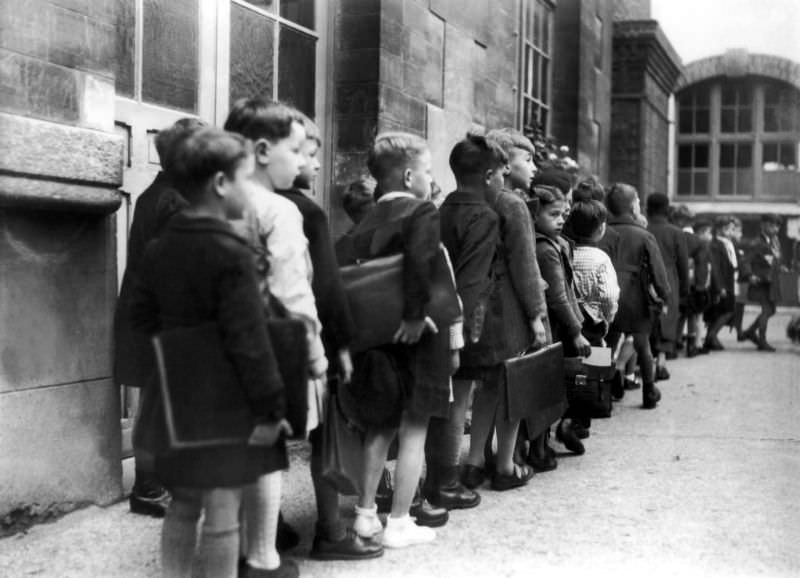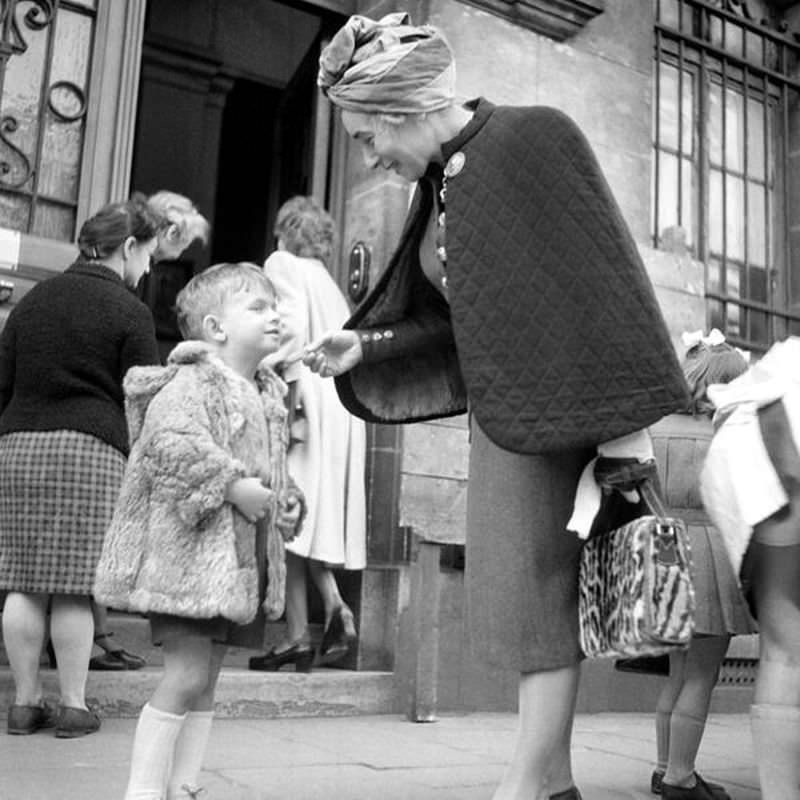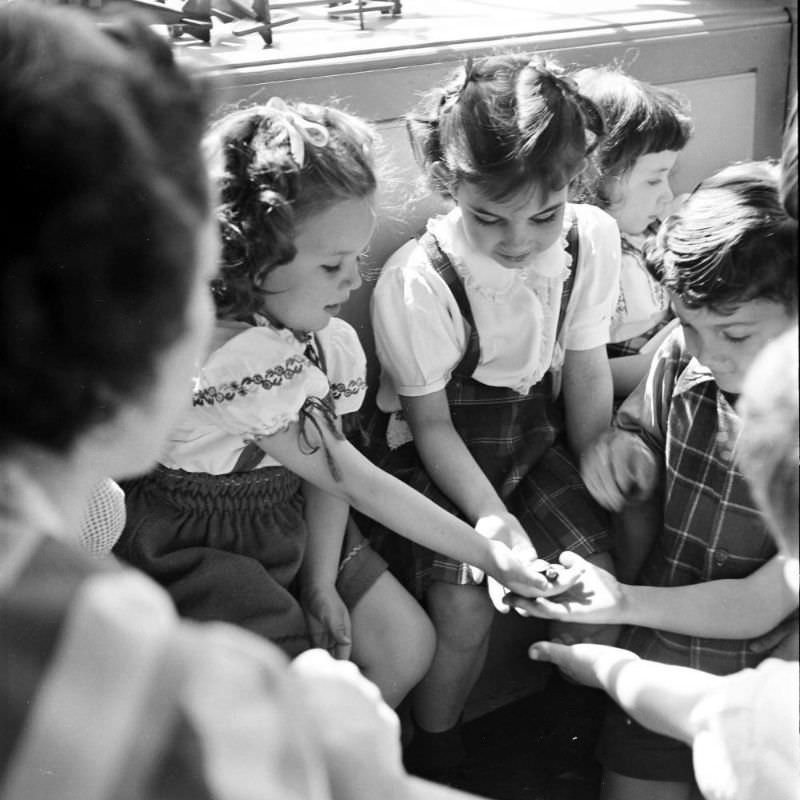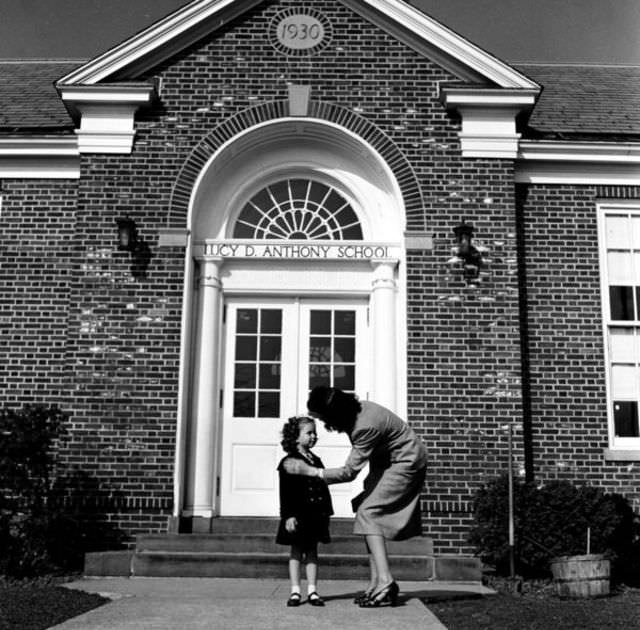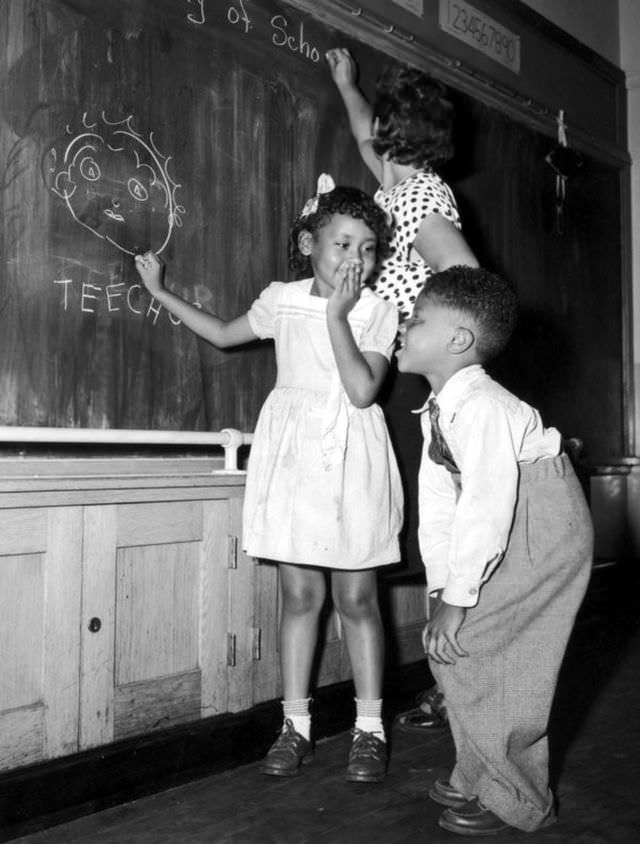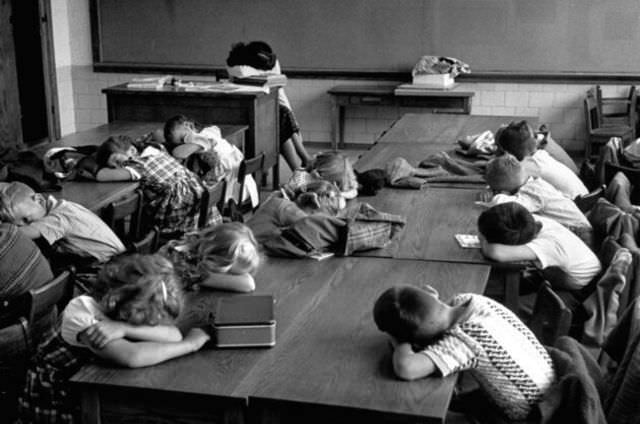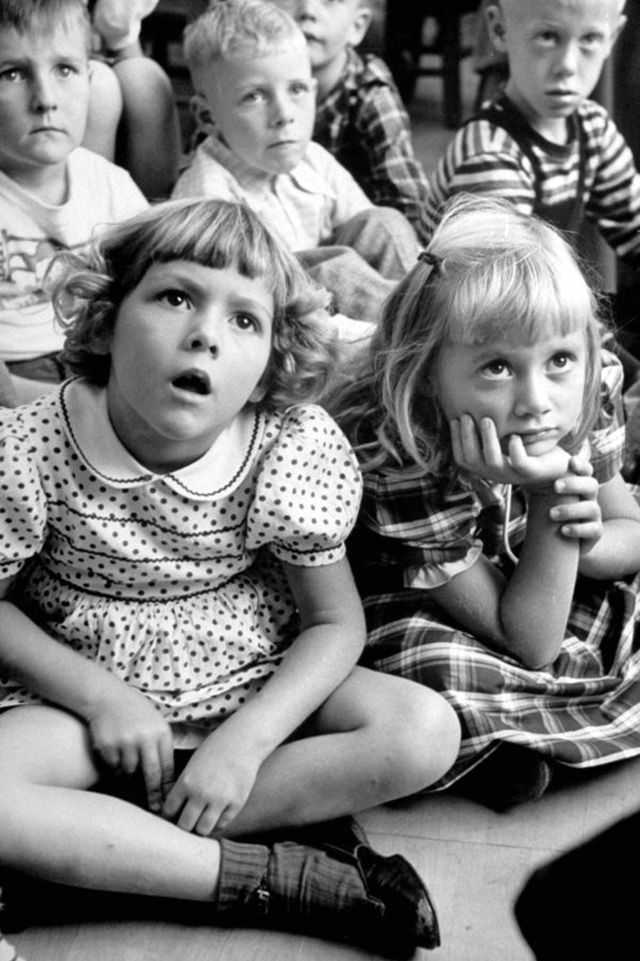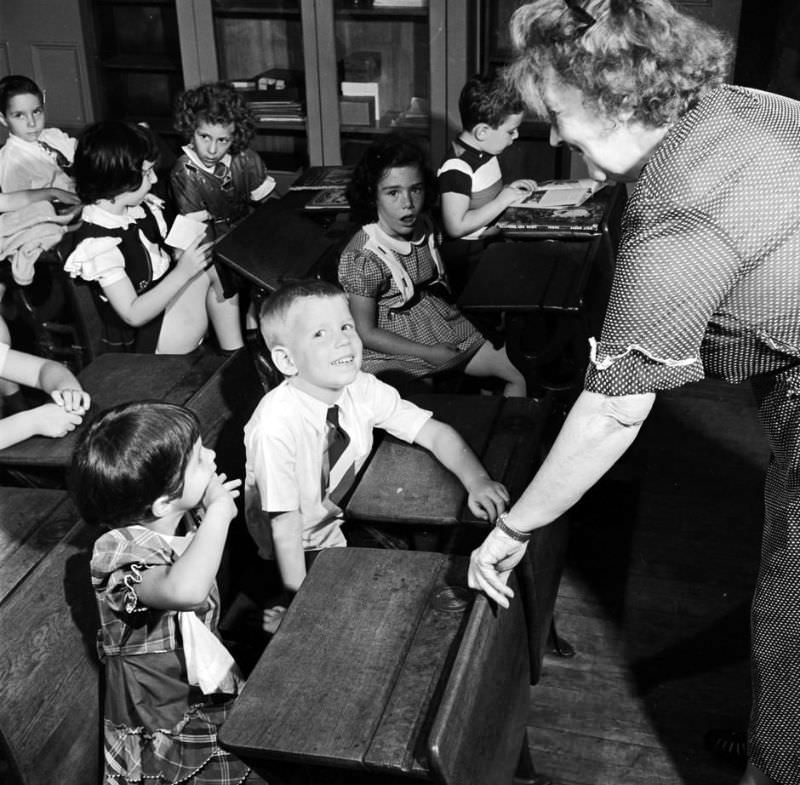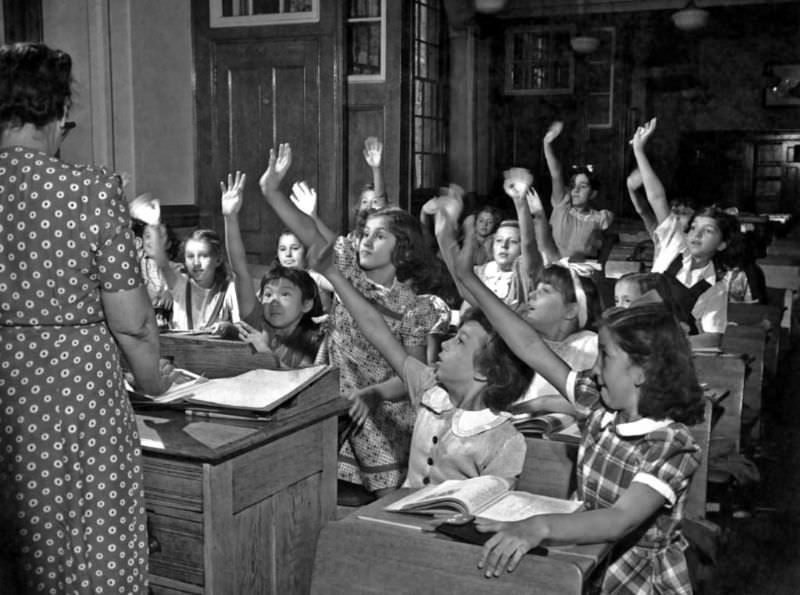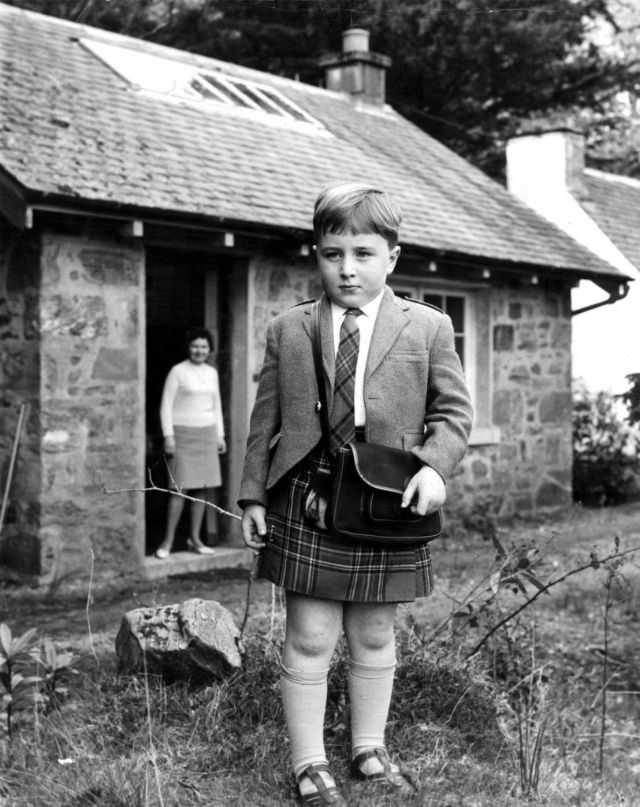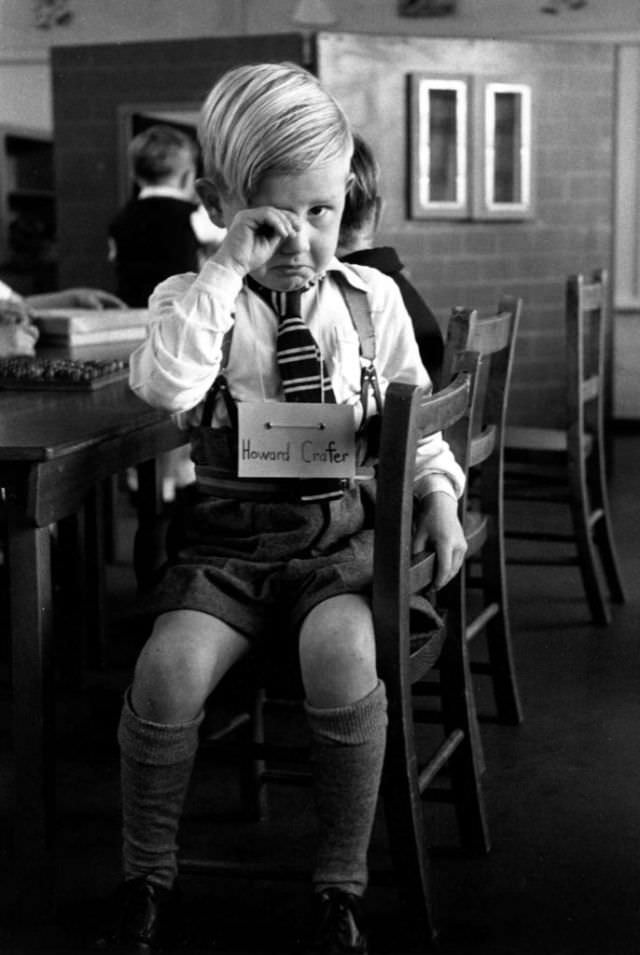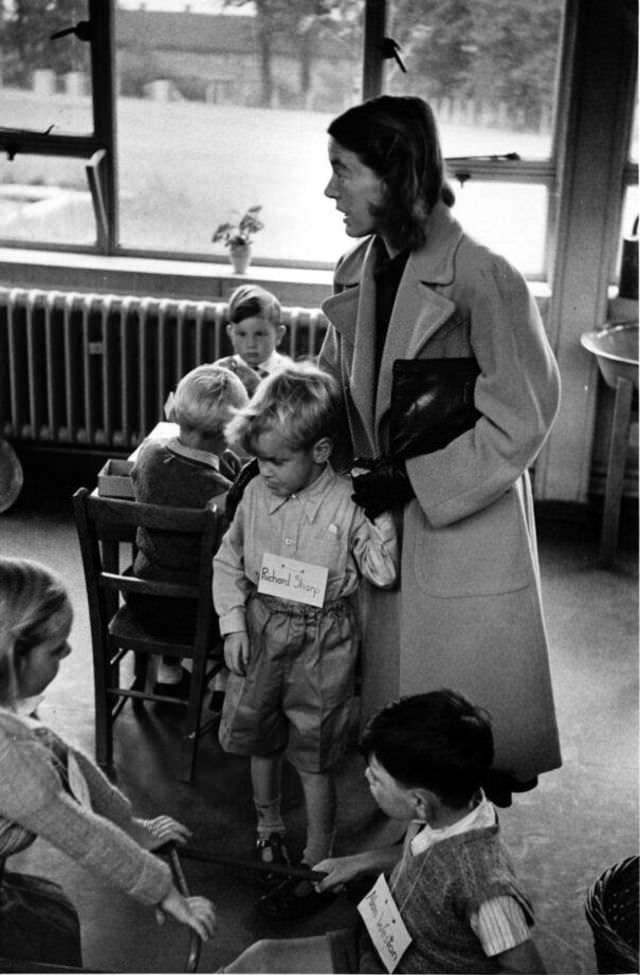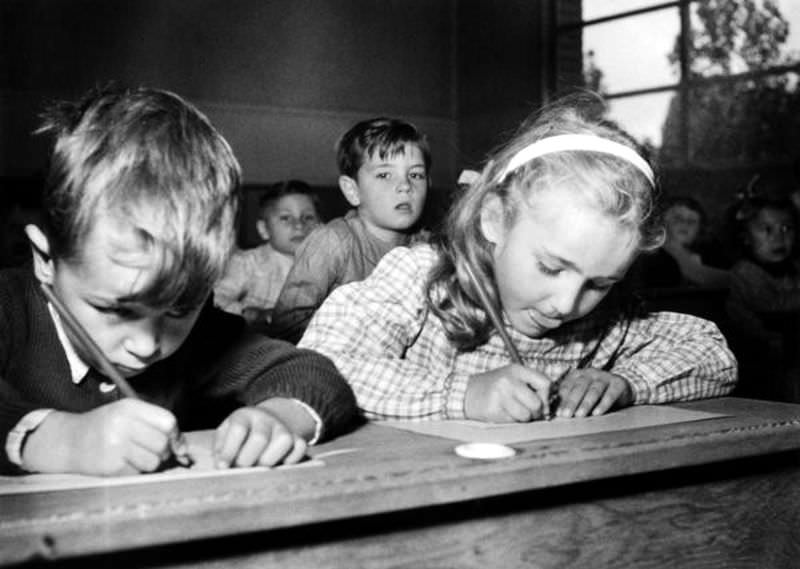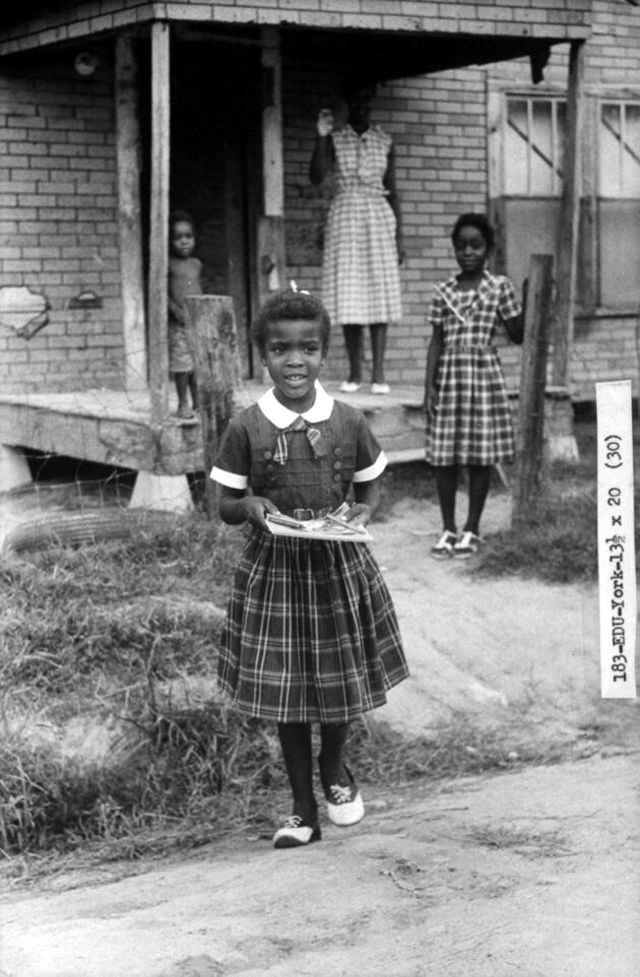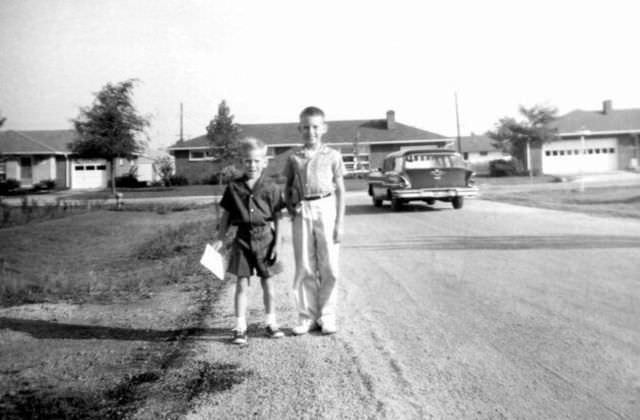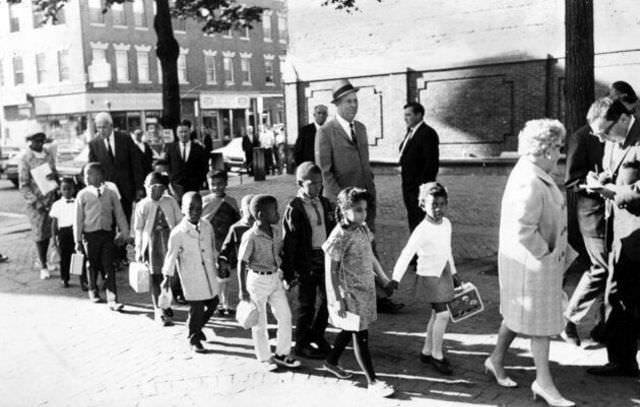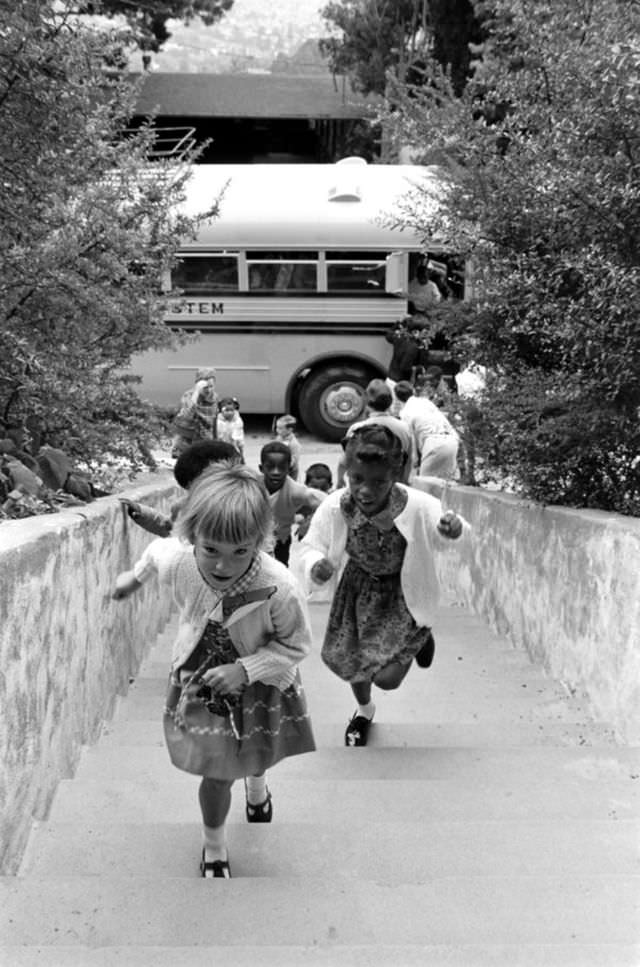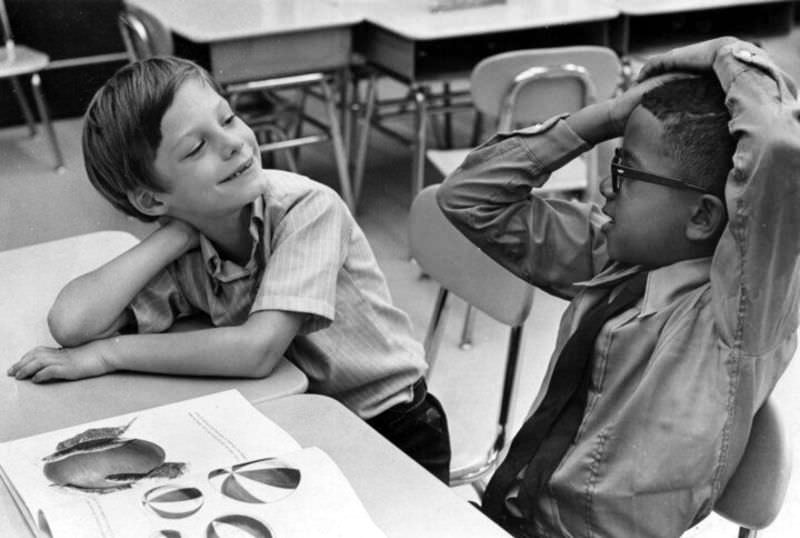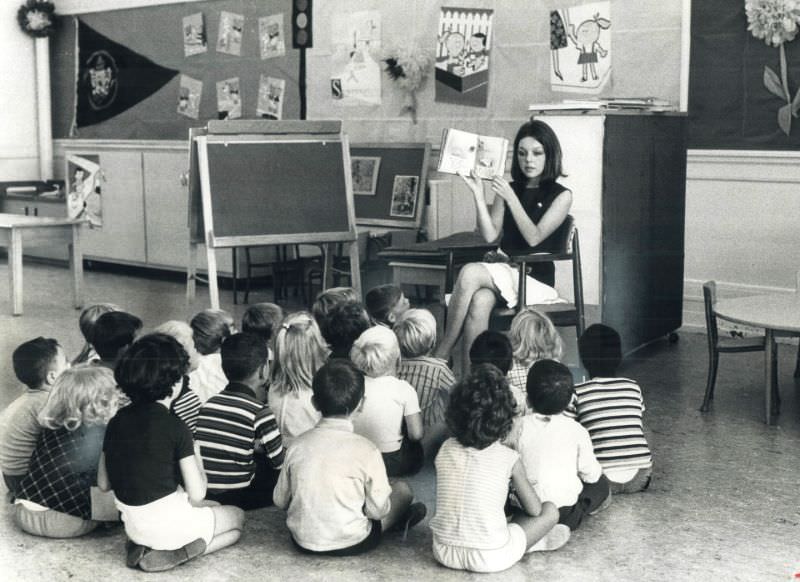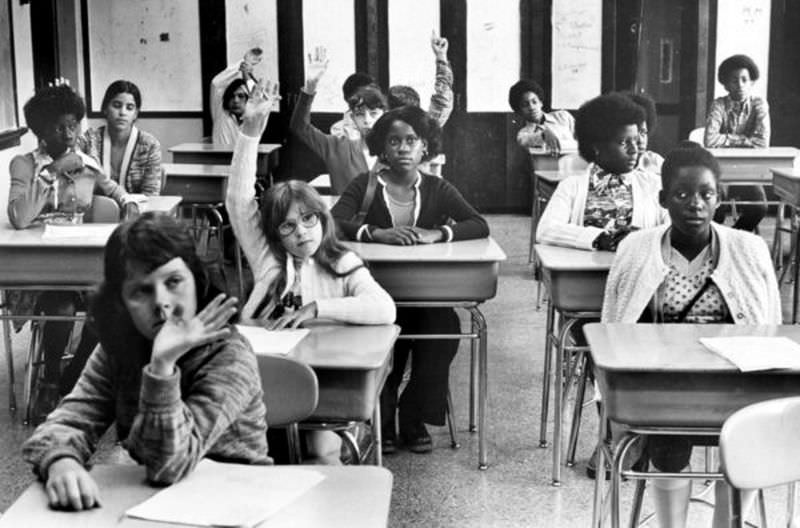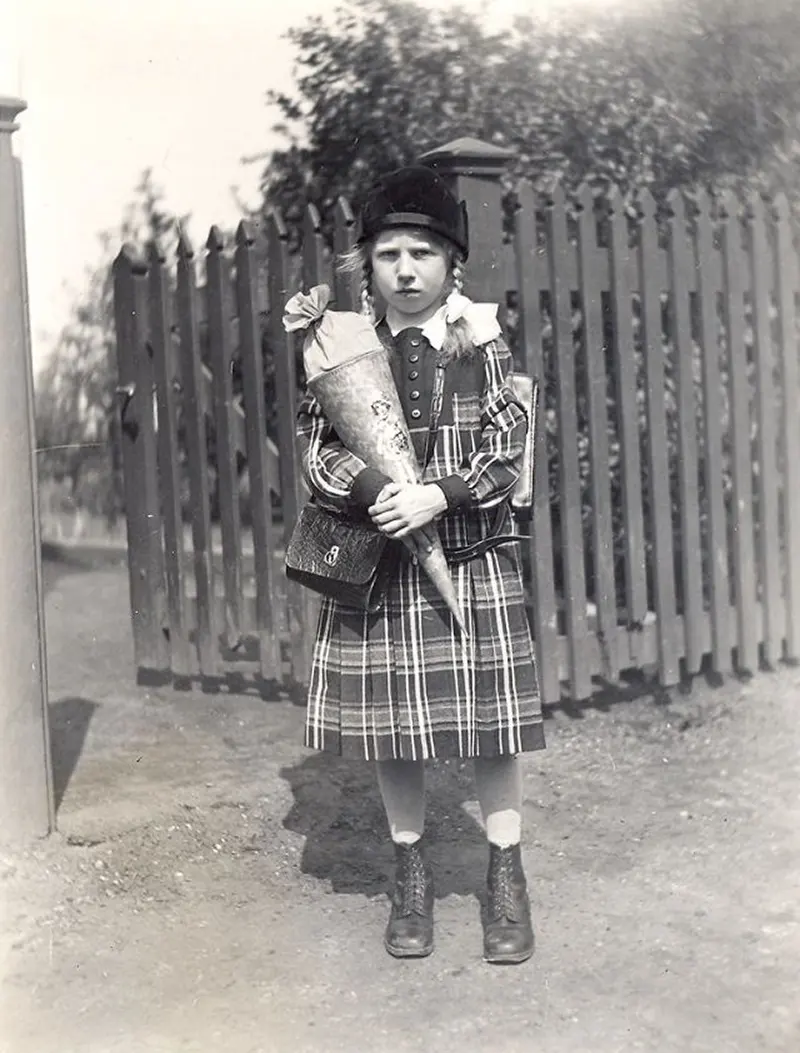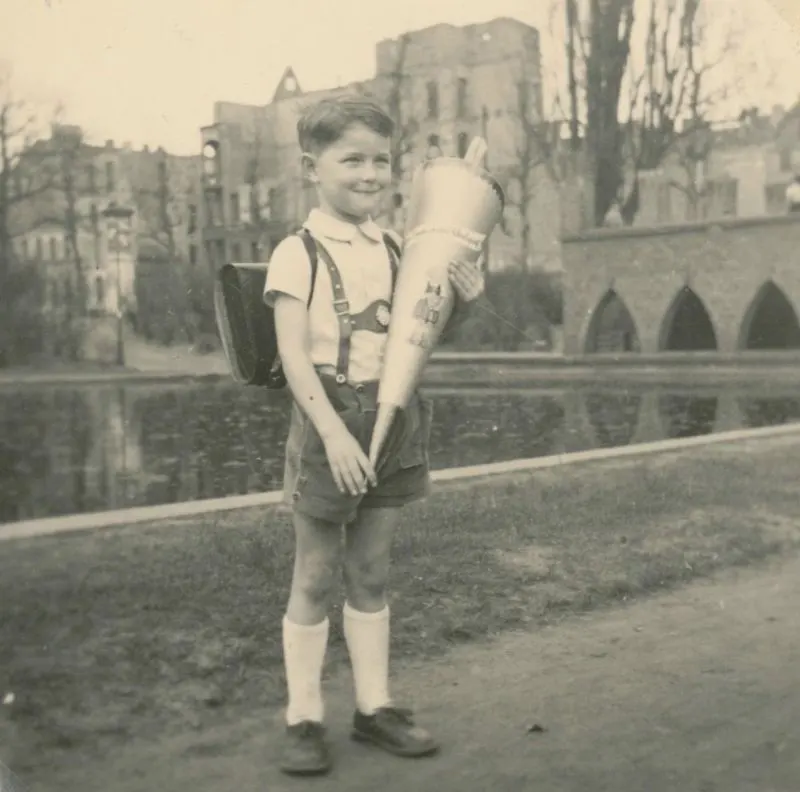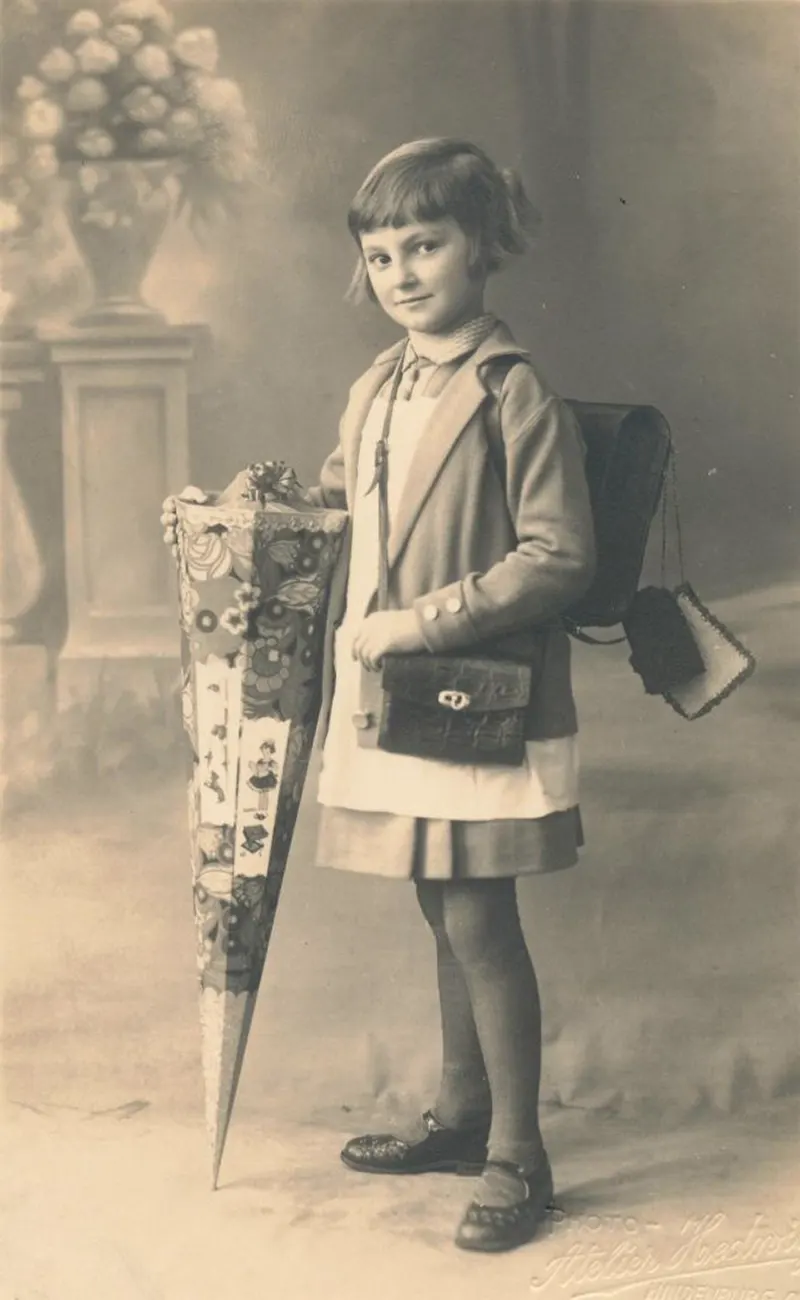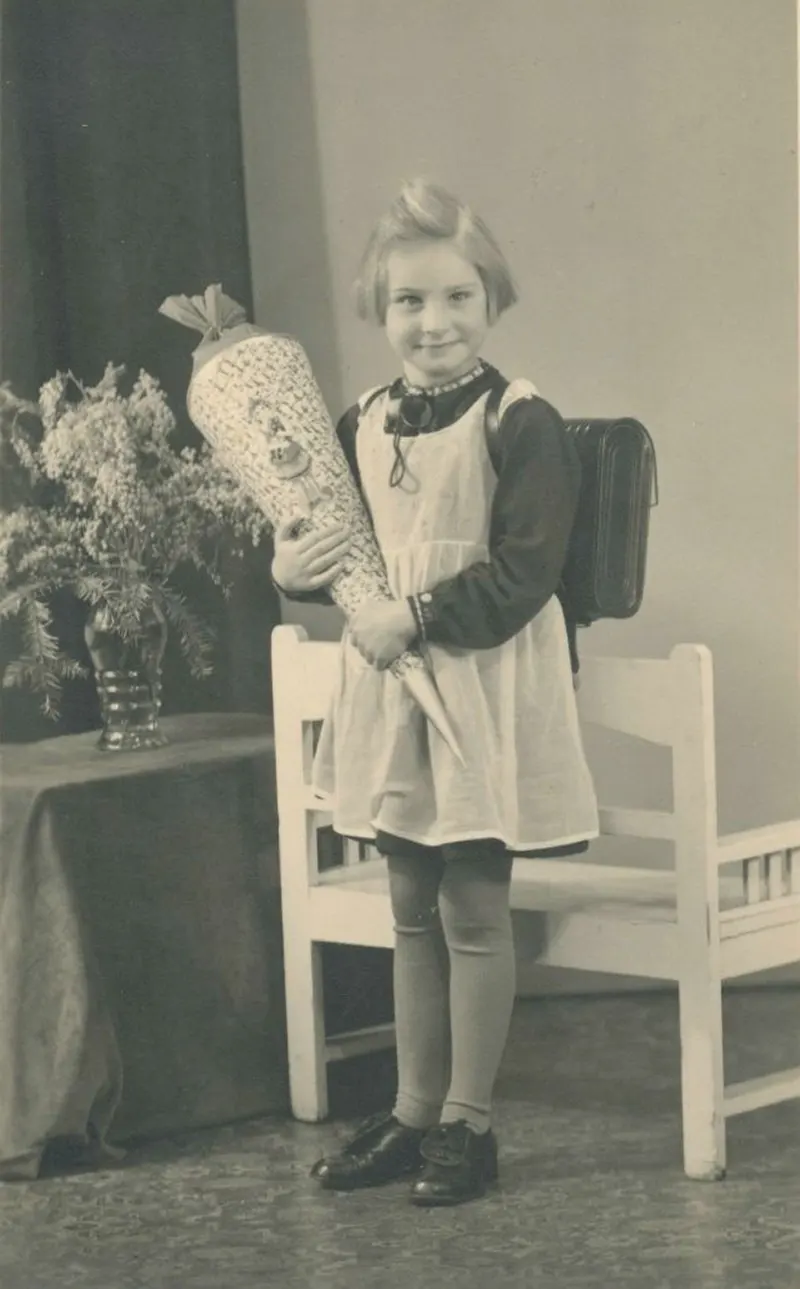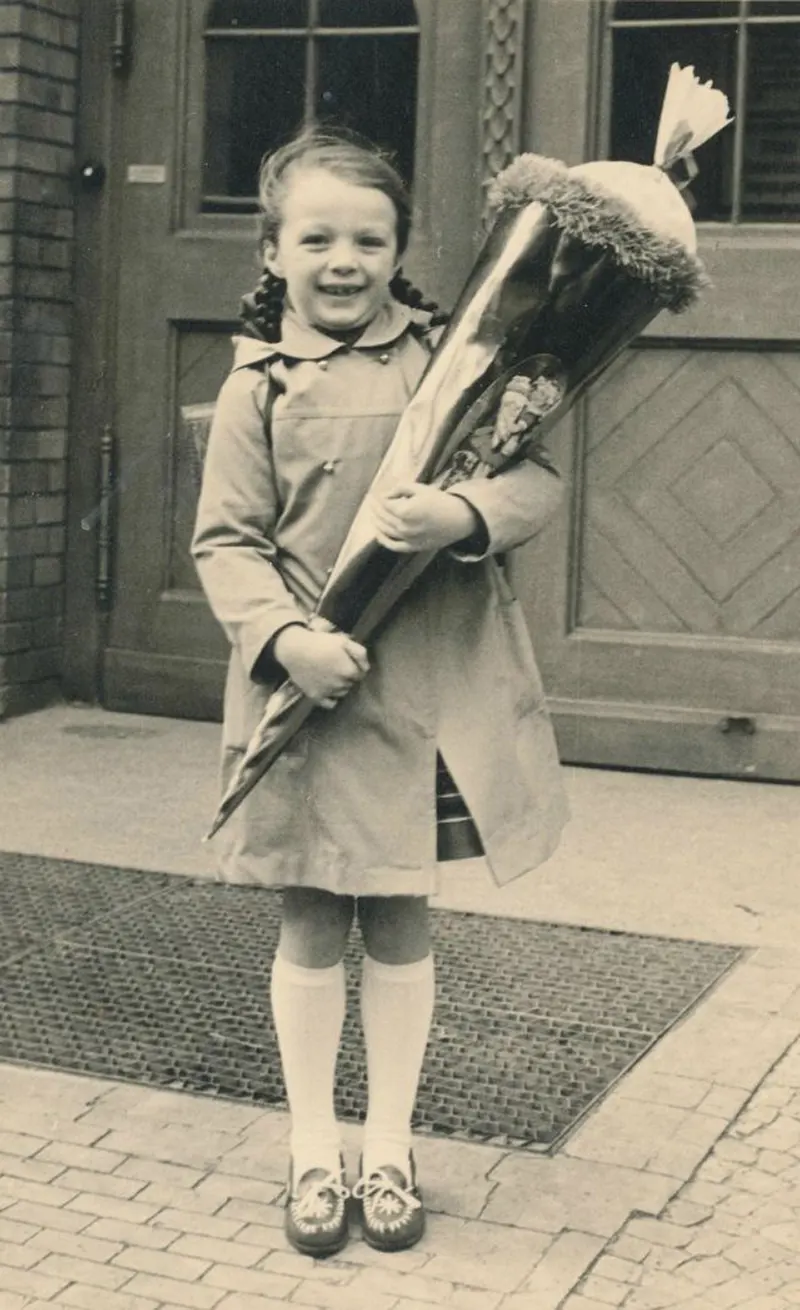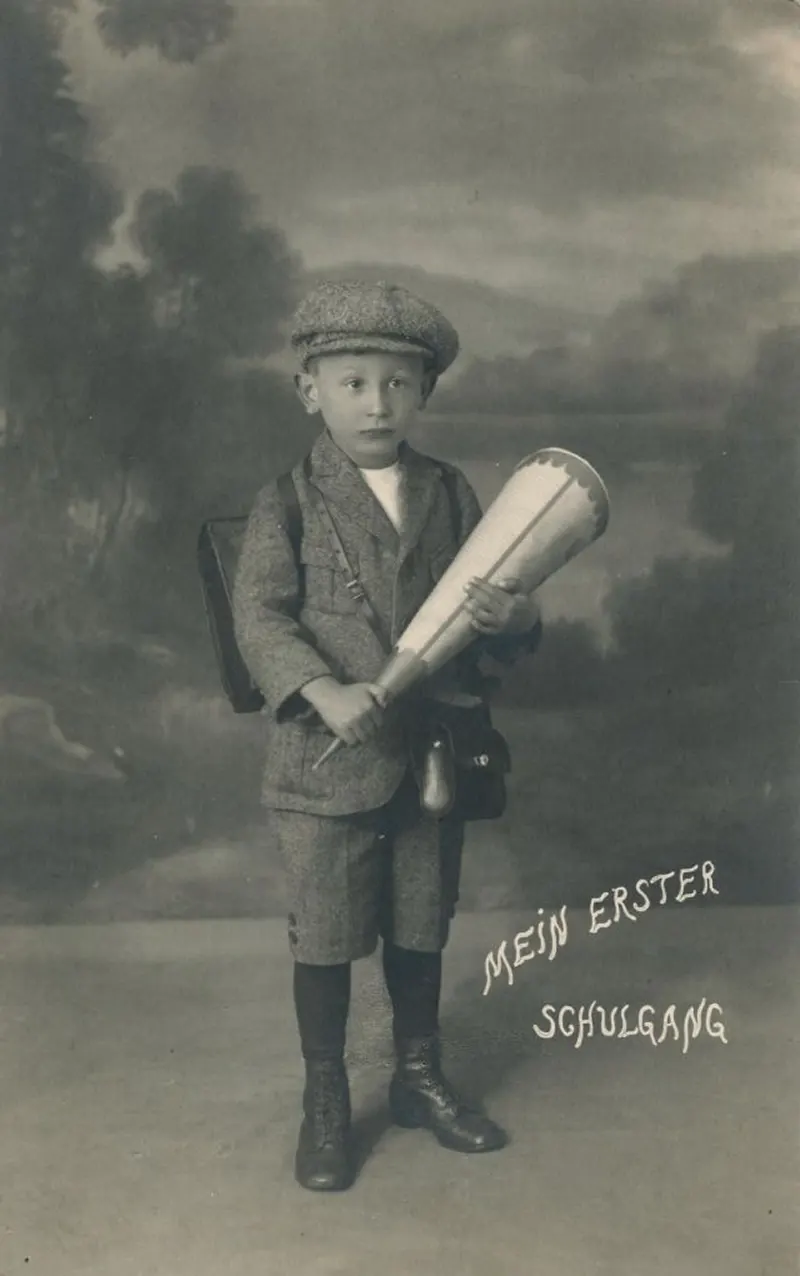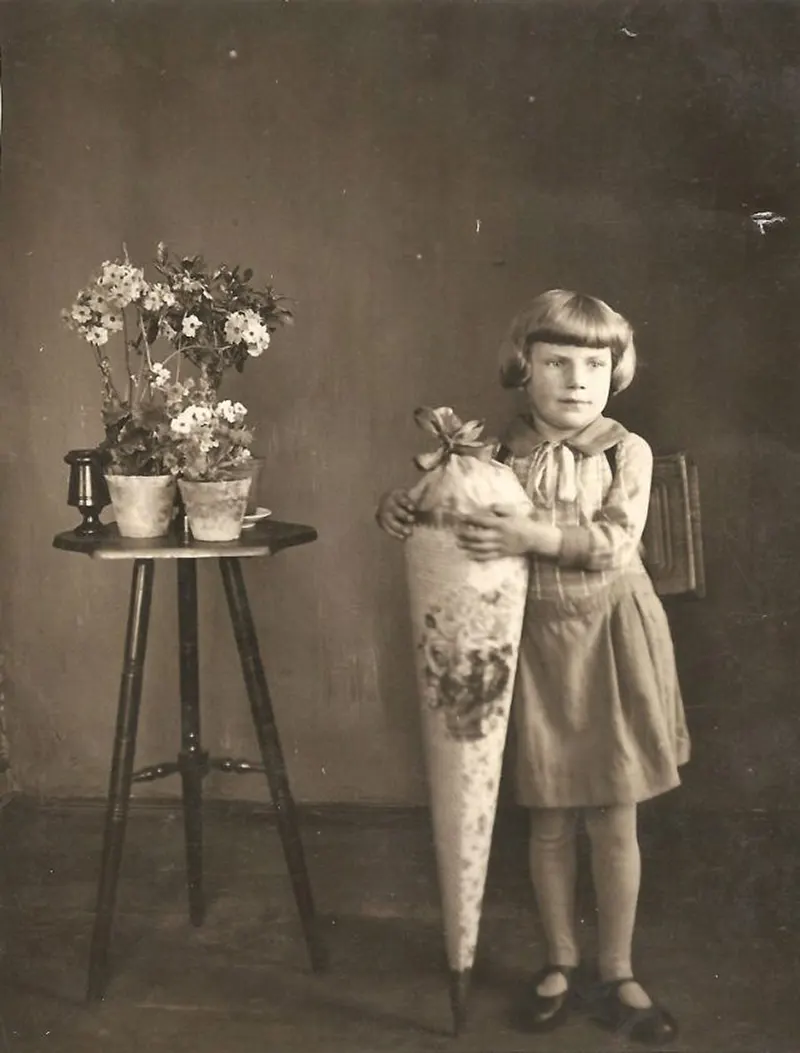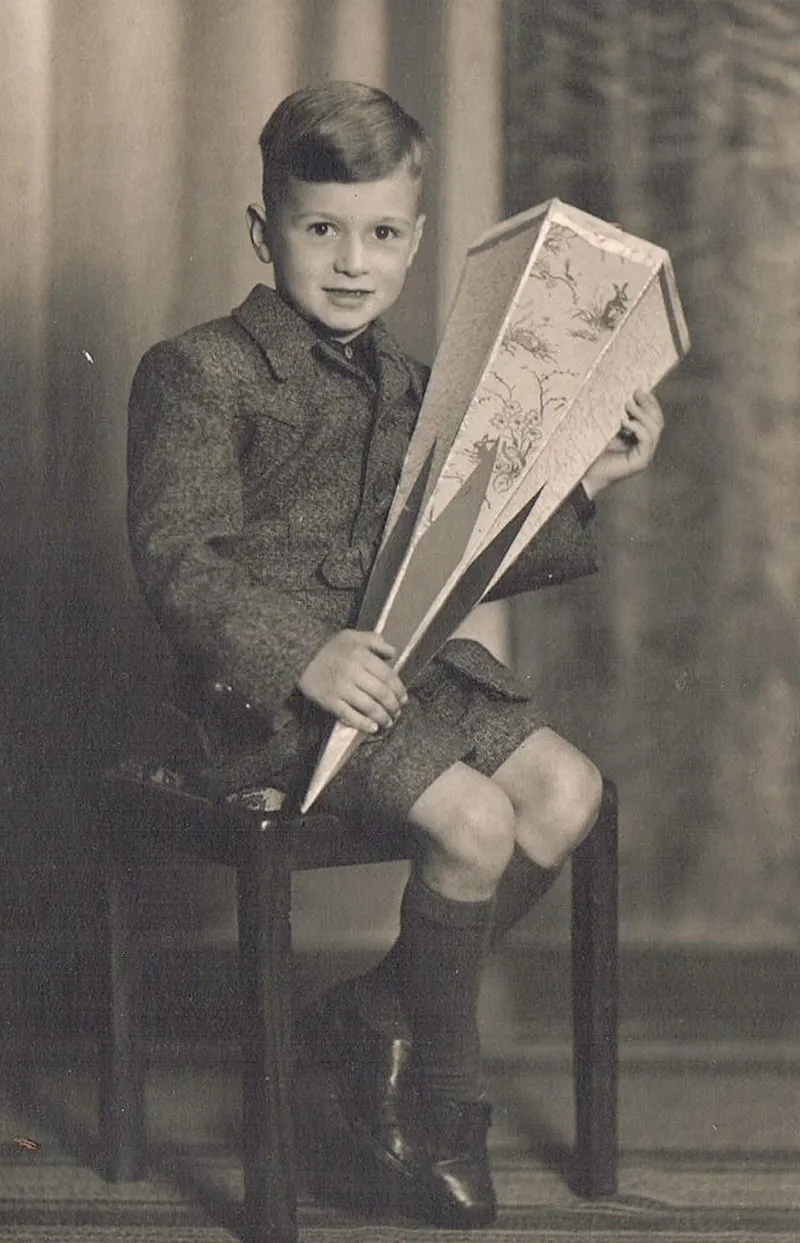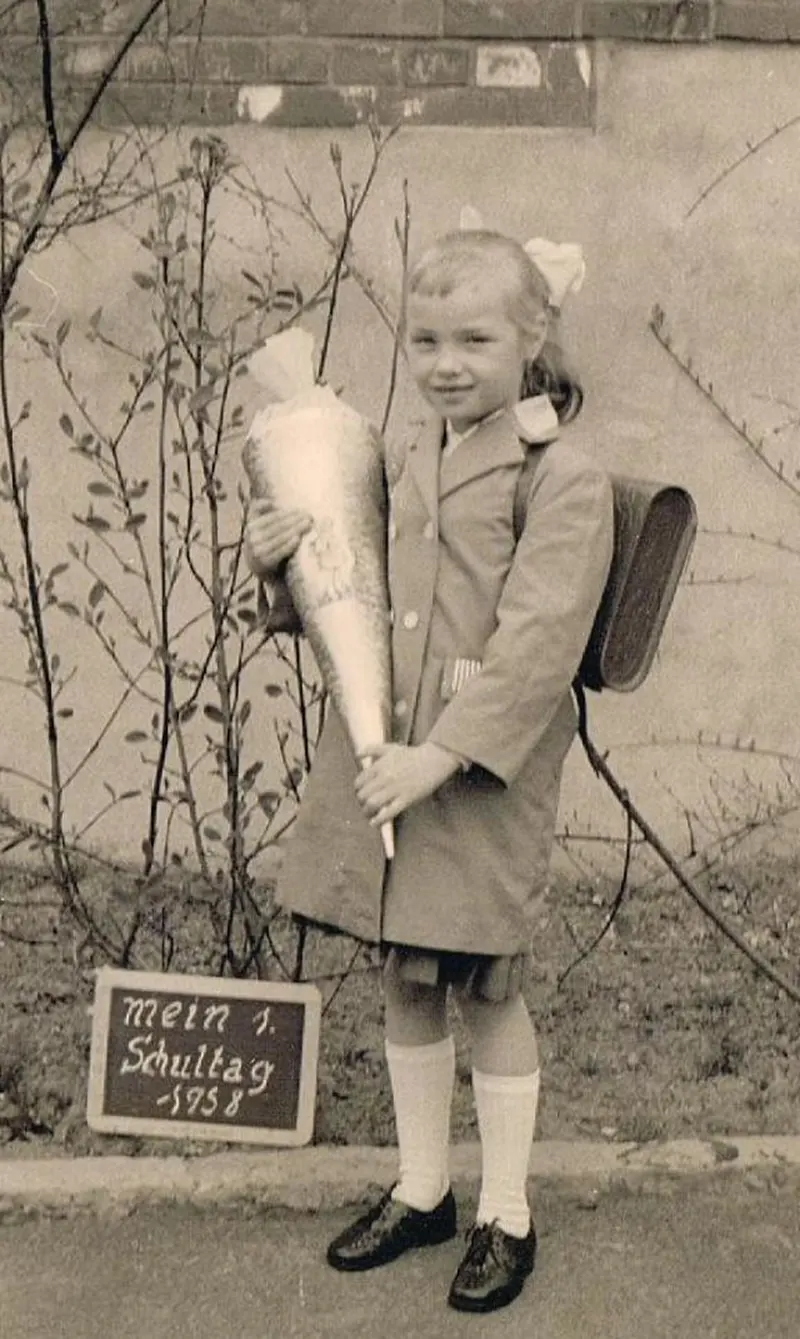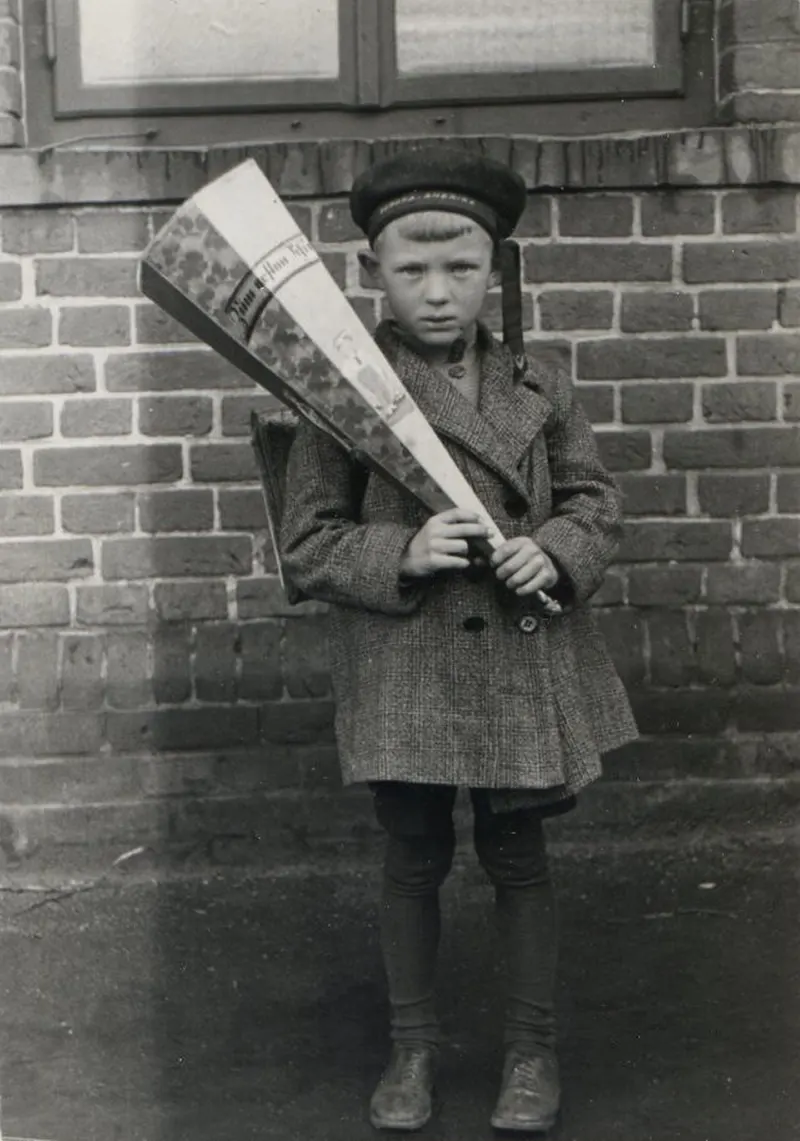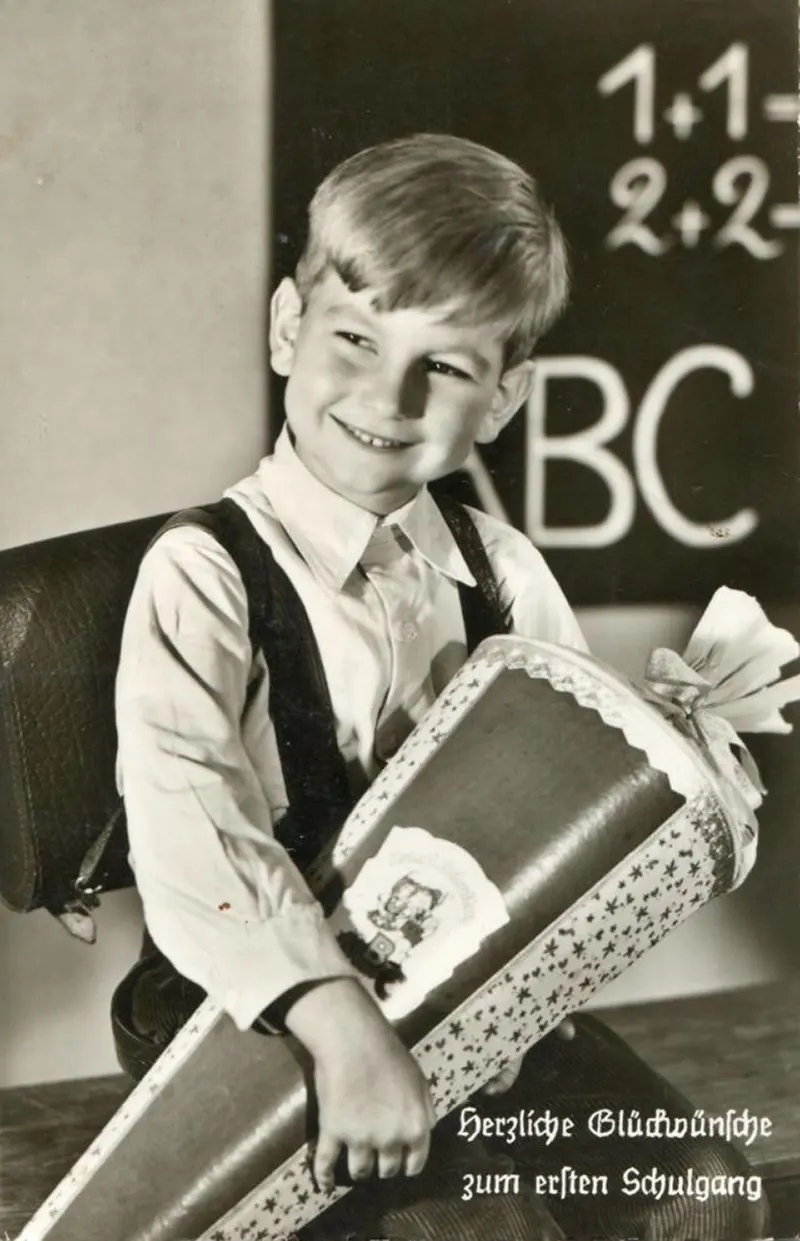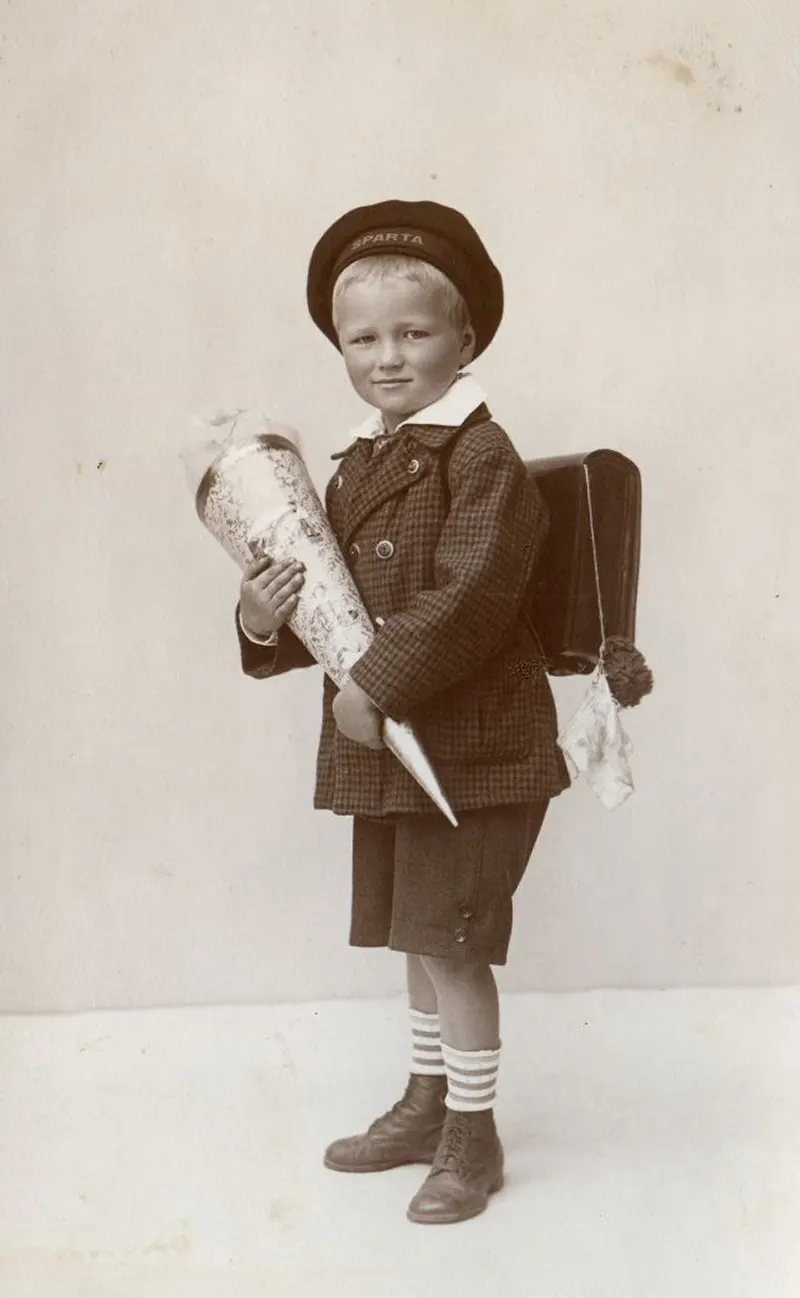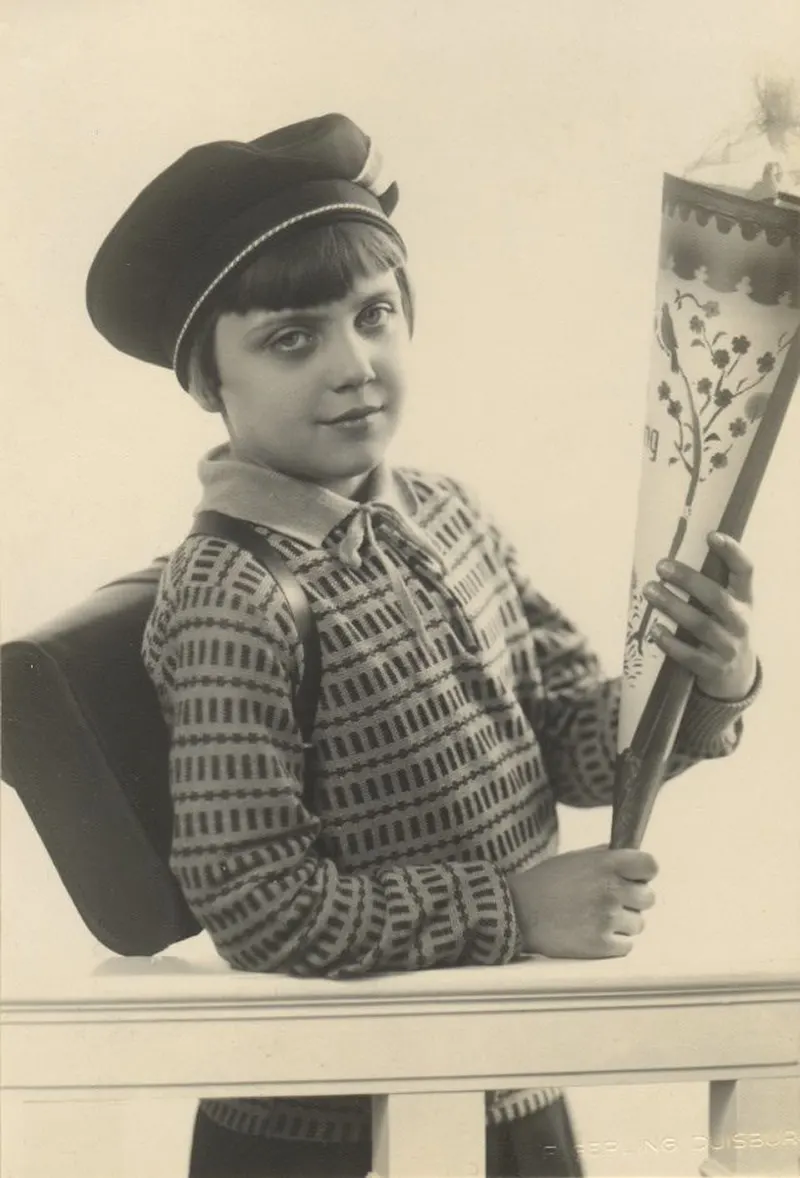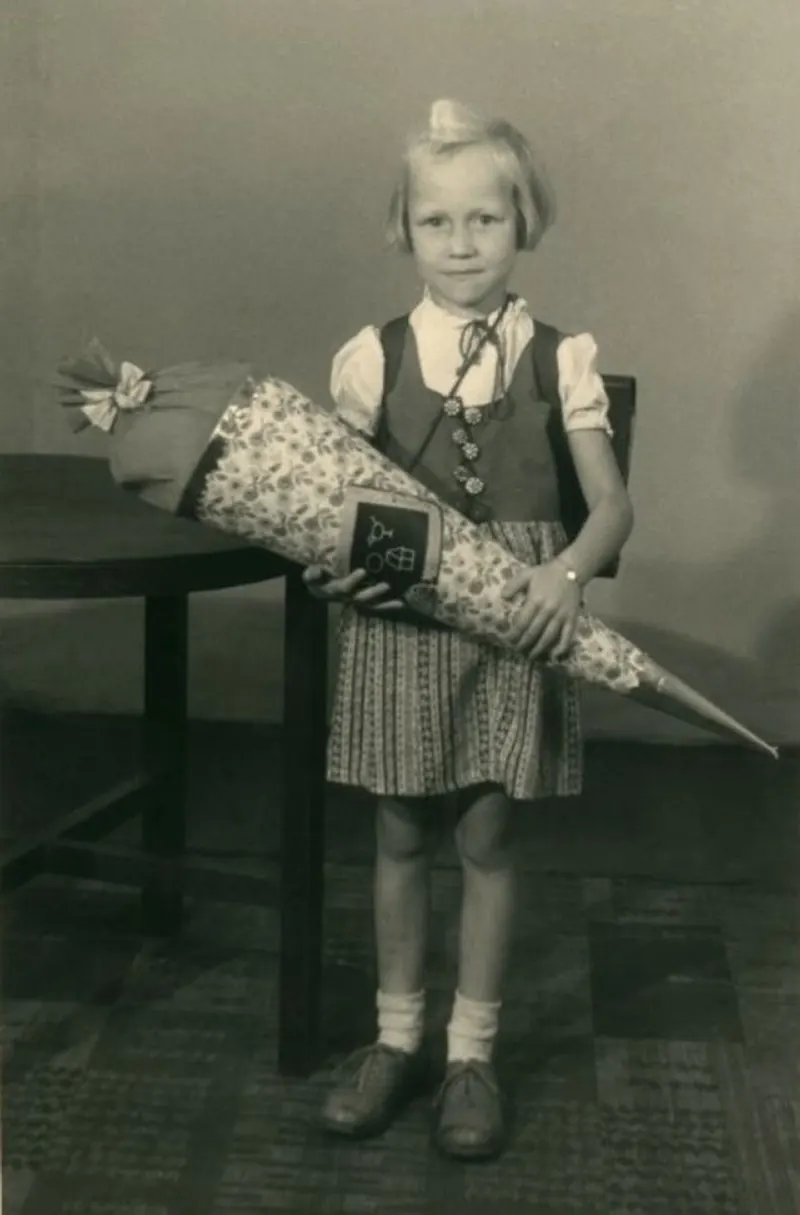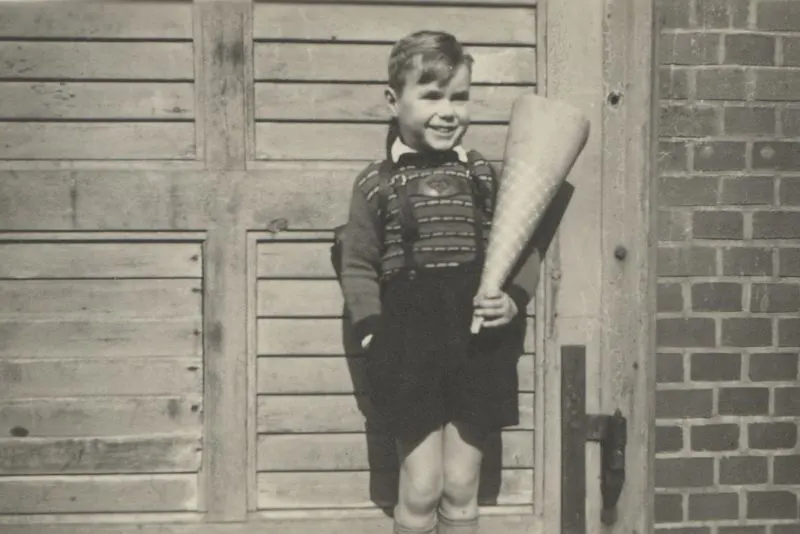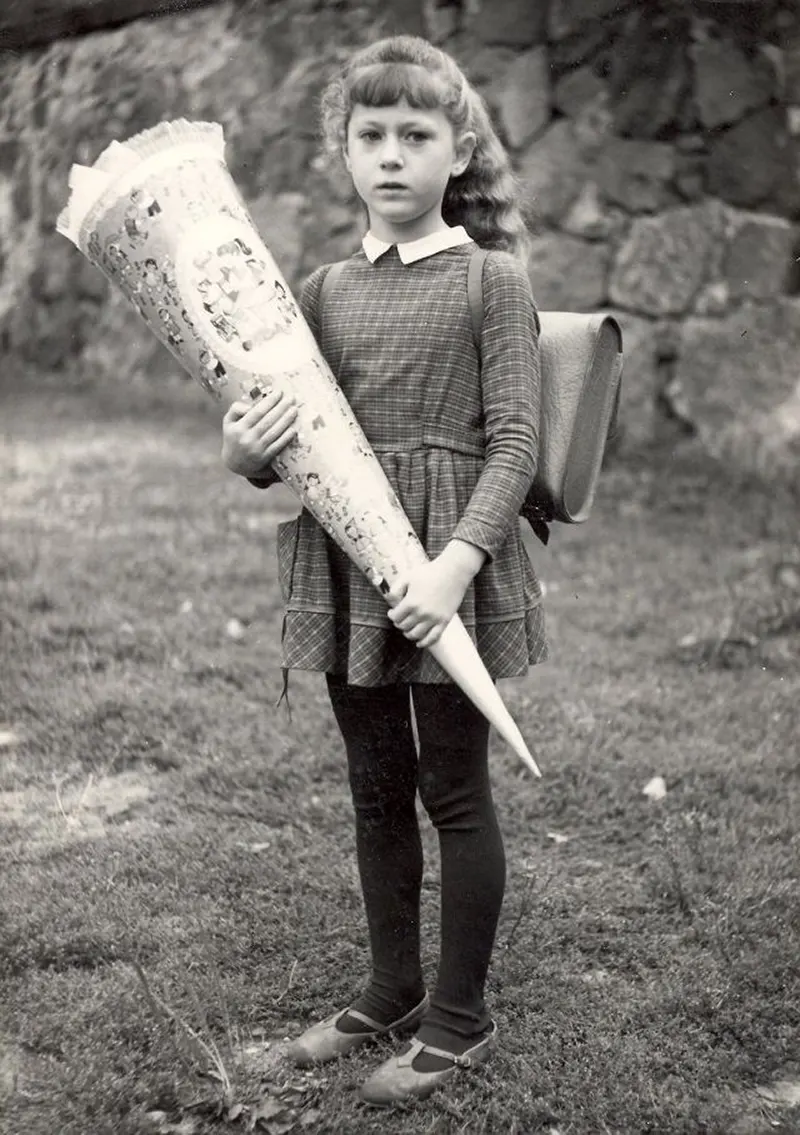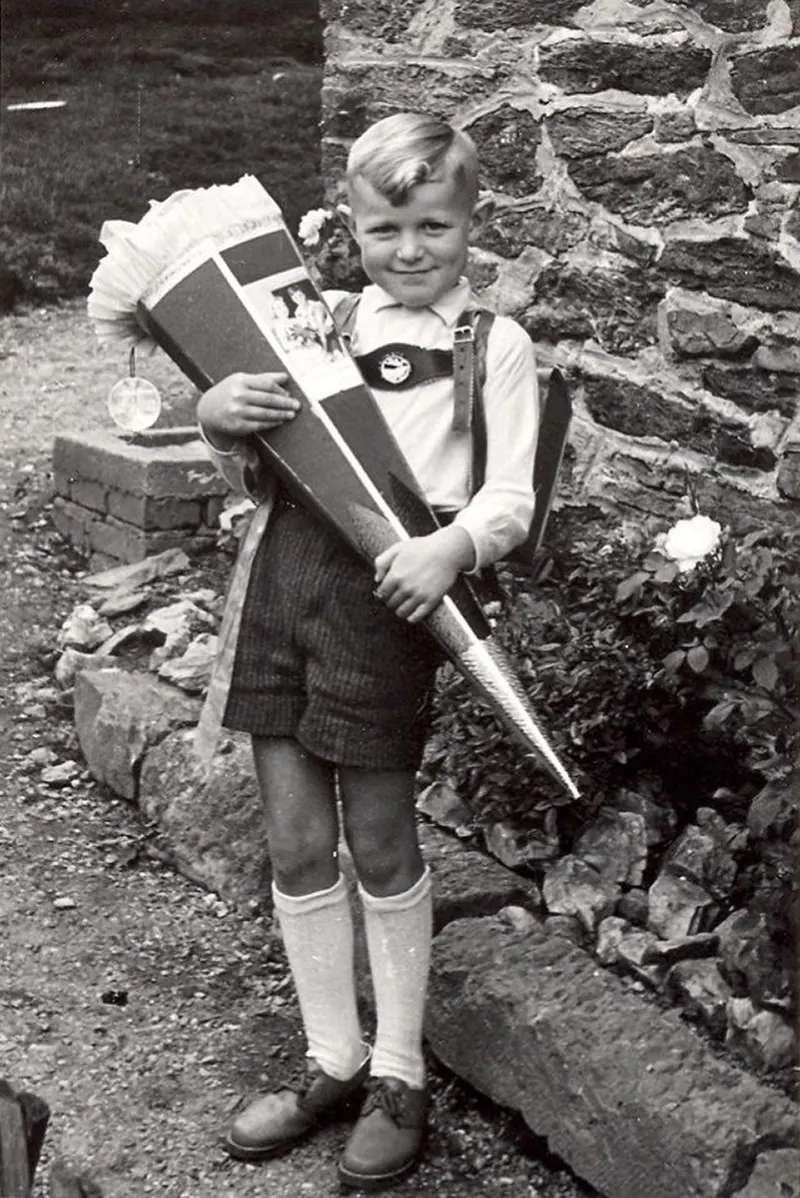In the 1900s through to the 1920s, the first day of school was a highly formal event. Children, often dressed in their Sunday best, stepped into classrooms that were stark, with an emphasis on discipline and order. The curriculum was rigid, with reading, writing, and arithmetic being the pillars of education. This era pre-dated the heavy involvement of parents in school life, and children were more likely to walk to school alone, greeted at the schoolhouse door by their often stern-faced teachers.
Moving into the 1940s and 1950s, the landscape of the first school day started to shift. Post-war optimism brought expansions in school enrollment and a greater emphasis on education as a means of personal and societal improvement. There was an explosion of new schools being built to accommodate the ‘baby boom’ generation. Students were likely to be dropped off by their parents in family cars, a scene differing vastly from the solitary walks of their predecessors.
The curriculum saw an expansion too, with arts and physical education becoming more mainstream. School supplies were basic, with pencils, paper, and a few textbooks sufficing, all often carried in simple leather satchels.
The first day in the 1960s and 70s was reflective of the cultural revolution outside the school walls. There was a noticeable relaxation in the dress code, with students expressing more of their individual styles. Classrooms became more student-centered, with the introduction of new pedagogies that focused on the holistic development of the child.
It was also a time of notable social change. Schools saw increasing diversity and the initial implementation of policies following desegregation movements. The first day of school during this period was as much about social adaptation and cultural integration as it was about education.


